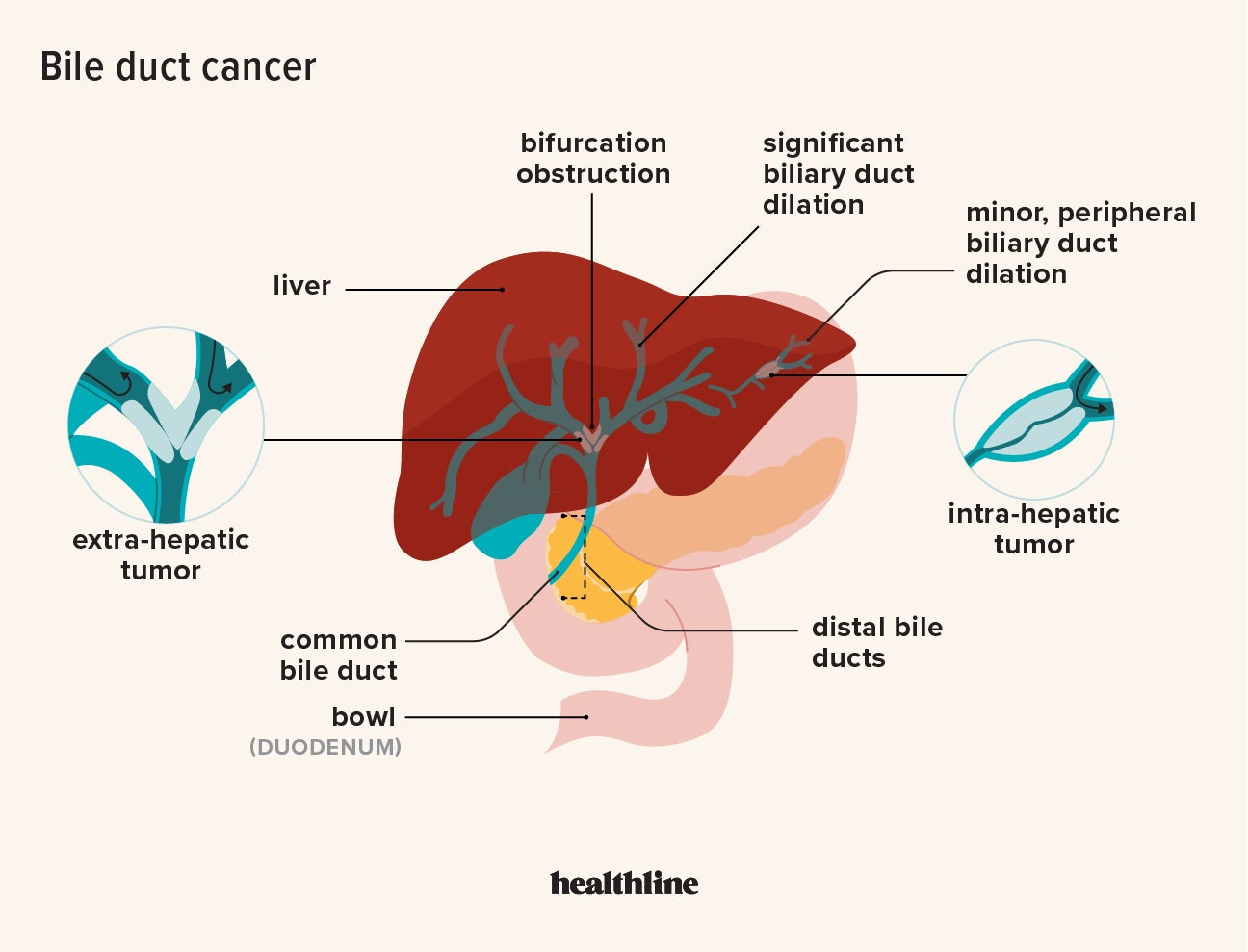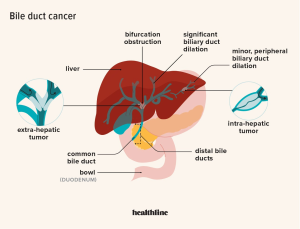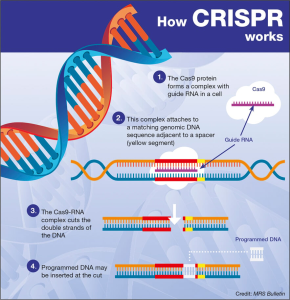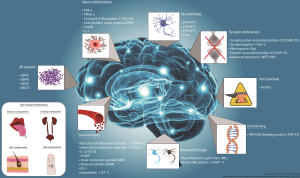
Bile imbalance liver cancer emerges as a critical concern for liver health, linking dysregulated bile acids to the onset of hepatocellular carcinoma (HCC), the most prevalent type of liver cancer. Recent liver cancer research has unveiled a key molecular switch that plays a vital role in managing bile acid homeostasis, offering fresh perspectives on treatment strategies. This discovery highlights the significance of bile acids—not just for digestion, but also for their intricate involvement in metabolic processes and cellular signaling pathways. In particular, the study illustrates how errors in bile regulation can activate the YAP signaling pathway, exacerbating the risk of liver diseases and cancer. By enhancing our understanding of FXR activation and its role in bile acid metabolism, researchers are paving the way toward innovative therapies for liver cancer patients.
The relationship between bile production and liver malignancies is increasingly captivating researchers, especially in the context of disrupted bile acid equilibrium leading to severe complications. Often referred to as cholestatic liver disease, this condition can escalate into hepatocellular carcinoma when bile acids accumulate and induce inflammation. The intricacies of bile acid metabolism are linked to metabolic disorders and signal transduction pathways such as YAP, further complicating the landscape of hepatic health. Enhancing FXR activation emerges as a potential therapeutic avenue in this complex interplay, suggesting that optimizing bile acid levels could significantly impact liver cancer trajectories. As investigations into these mechanisms continue, they open up possibilities for targeted interventions aimed at mitigating the risk of serious liver diseases.
Understanding Bile Imbalance and Its Role in Liver Cancer
Bile imbalance is increasingly recognized as a critical factor in the development of liver diseases, particularly hepatocellular carcinoma (HCC), which significantly impacts public health globally. Bile acids, produced by the liver, not only aid in fat digestion but also play a crucial role in maintaining metabolic homeostasis. Disruptions in bile acid composition can lead to cholestasis, inflammation, and liver fibrosis, eventually paving the way to cancerous changes. Recent studies have shown that alterations in bile acid profiles can influence cell signaling pathways, exacerbating the risk of developing liver cancer.
In particular, the relationship between bile acid metabolism and liver cancer highlights the importance of understanding the underlying mechanisms at play. Research has demonstrated that imbalances in bile acids can activate key signaling pathways, including the YAP signaling pathway, thereby promoting tumorigenesis. This presents a unique opportunity for intervention; by restoring balance to bile composition, it may be possible to mitigate the risk of HCC through targeted therapeutics that focus on bile acid homeostasis.
The FXR Signaling Pathway: A Key Player in Bile Acid Regulation
The Farnesoid X receptor (FXR) is a nuclear receptor that plays a pivotal role in the regulation of bile acids. FXR activation helps restore bile homeostasis, reducing the overproduction of bile acids that can accumulate in the liver and cause severe damage. Recent advancements in liver cancer research have illustrated how FXR’s regulatory effects can aid in preventing liver injury and inflammation, which are critical precursors to the development of hepatocellular carcinoma. By targeting FXR, researchers have uncovered new therapeutic avenues that could potentially halt or even reverse the progression of liver diseases.
Recent studies indicate that enhancing FXR activity may counteract the damaging effects of YAP activation, thus promoting a more favorable bile environment. This dual focus on both YAP and FXR could unlock new strategies for liver cancer treatment by balancing the signals that encourage bile acid production and excretion. As our understanding of these pathways deepens, the prospect of utilizing FXR-activating drugs opens up innovative possibilities for managing liver cancer and improving patient outcomes.
YAP Signaling: A Link Between Bile Metabolism and Liver Cancer
Recent discoveries point to the role of the YAP (Yes-associated protein) signaling pathway as a crucial mediator between bile metabolism and the pathogenesis of liver cancer. Instead of solely facilitating cell growth, YAP has been found to repress key functions of bile acid sensors such as FXR, leading to an imbalance in bile acid regulation. This impairment results in excessive bile acid accumulation, driving liver inflammation, fibrosis, and ultimately contributing to the development of hepatocellular carcinoma.
This newfound understanding of YAP’s dual role in liver biology not only shifts the perspective on its function in cancer growth but also suggests potential therapeutic targets. By inhibiting YAP’s repressive actions or enhancing the dynamics of FXR, it is feasible to alter the course of liver disease progression. Such insights may pave the way toward pharmacological strategies that could manage or even prevent the onset of liver cancer in at-risk populations.
Innovations in Treatment: Targeting FXR and YAP
Following the identification of the role that bile imbalance plays in liver cancer, innovative treatment strategies are increasingly focused on restoring normal bile acid regulation by targeting FXR and YAP pathways. Recent research suggests that pharmacological agents capable of activating FXR could prove beneficial in counteracting the adverse effects observed with YAP activation, enabling a more balanced bile acid metabolism. This innovative approach not only holds promise for treating existing liver conditions but also for preventing the progression to hepatocellular carcinoma.
Additionally, ongoing studies explore the potential of combining FXR agonists with inhibitors that disrupt YAP signaling. This targeted combination therapy may provide a robust means to address the underlying causes of bile imbalance while simultaneously tackling the cancerous mechanisms at play. As these research efforts continue to evolve, they advance the understanding of liver cancer pathophysiology, unlocking new avenues for effective therapies tailored to individual metabolic profiles.
The Future of Liver Cancer Research and Treatment
The ongoing exploration into bile acid imbalances and their implication in liver cancer is redefining the landscape of liver cancer research. By identifying critical molecular switches that modulate bile production, scientists are paving the way toward innovative treatments that address the root causes of hepatocellular carcinoma. The focus on bile acids—historically viewed as mere digestive agents—is shifting towards their role as key regulators of an individual’s metabolic health and susceptibility to cancer.
Looking forward, collaborative efforts and advanced research methodologies will be essential in unraveling the complexities of bile acid metabolism and its association with liver cancer. The development of novel drugs that can effectively target the FXR and counteract the detrimental effects of YAP is now within reach. As findings from studies become integrated into clinical practice, there is hope for more personalized and effective therapeutic approaches, potentially transforming outcomes for those affected by liver cancer.
Impacts of Environmental Factors on Bile Acid Metabolism
Beyond the intrinsic biological mechanisms that govern bile acid metabolism, environmental factors also significantly influence bile composition and the risk of liver cancer. Lifestyle choices, such as diet, exercise, and exposure to environmental toxins, can alter the delicate balance of bile acids, prompting changes that may lead to liver injury and disease. Research indicates that a high-fat diet can exacerbate bile acid dysregulation, increasing the likelihood of hepatocellular carcinoma.
Furthermore, environmental pollutants may interact with liver function, potentially affecting the pathways involved in bile acid synthesis and secretion. This emphasizes the need for a multifaceted approach to liver health that encompasses not only genetic and biochemical factors but also the impact of lifestyle and environmental influences on bile metabolism. As we deepen our understanding of these complex interactions, there may emerge more comprehensive strategies for prevention and treatment of liver cancer in diverse populations.
The Link Between Bile Acids and Metabolic Disorders
The intricate relationship between bile acids and metabolic disorders is garnering attention in the research community, particularly regarding their implications for liver health and cancer risk. Bile acids function as signaling molecules that affect various metabolic pathways, influencing insulin sensitivity, glucose metabolism, and lipid profiles. Disruptions in bile acid signaling can lead to metabolic dysfunctions that predispose individuals to conditions such as obesity and type 2 diabetes, both of which are risk factors for developing hepatocellular carcinoma.
Current research highlights the potential of manipulating bile acid signaling to address metabolic disorders, thereby reducing cancer risk. By utilizing FXR activators, it may be possible to improve metabolic outcomes while simultaneously combating bile acid imbalances that contribute to liver cancer development. This interconnectedness underscores the importance of a holistic approach to tackling liver disease, advocating for strategies that enhance metabolic health while mitigating the potential risk of liver cancer.
Exploring Genetic Factors in Liver Cancer Development
While environmental and lifestyle factors play pivotal roles in the development of liver cancer, emerging research underscores the importance of genetic predispositions in bile acid metabolism and liver function. Genetic variations can influence an individual’s susceptibility to bile acid imbalances, subsequently affecting the risk of developing hepatocellular carcinoma. Understanding these genetic factors is crucial for identifying high-risk populations and informing targeted interventions.
Additionally, the incorporation of genetic testing into clinical practice could revolutionize liver cancer screening and prevention strategies. By identifying specific genetic mutations that impair bile acid metabolism or enhance signaling pathways like YAP, clinicians could tailor preventative measures and treatments to individual patients. This represents a significant stride towards personalized medicine in liver cancer, promoting proactive approaches to enhance liver health and mitigate cancer risk.
Compliance with New Therapeutics and Their Role in Liver Health
As new therapeutics targeting bile acid regulation and liver cancer emerge, patient adherence to prescribed treatments becomes increasingly vital. Educating patients about the importance of managing bile acid levels through medication, diet modification, and lifestyle choices can significantly influence treatment outcomes. Engaging patients in their care fosters a sense of responsibility towards their health and encourages them to adhere to therapeutic regimens that may prevent or mitigate liver cancer.
Furthermore, ongoing support and monitoring by healthcare providers can enhance patient compliance, ensuring that individuals understand the implications of bile imbalance and its direct correlation to liver health. By creating robust support systems and empowerment strategies, patients may become more proactive in managing their risk factors, ultimately leading to improved health outcomes and a reduction in liver cancer prevalence.
Frequently Asked Questions
How does bile imbalance contribute to liver cancer?
Bile imbalance can lead to liver cancer, specifically hepatocellular carcinoma (HCC), by disrupting bile acid metabolism. Excessive bile acids accumulate in the liver, causing inflammation and fibrosis, which are critical factors in cancer progression.
What role do bile acids play in liver cancer research?
In liver cancer research, bile acids are significant because they regulate various metabolic processes. Their imbalance, particularly through pathways like FXR activation and YAP signaling, is linked to increased liver injury and the development of hepatocellular carcinoma.
What is the relationship between FXR activation and bile acids in liver cancer?
FXR activation is crucial for maintaining bile acid homeostasis. When YAP signaling interferes with FXR function, it leads to bile acid overproduction, promoting liver inflammation and fibrosis that can result in liver cancer.
How does the Hippo/YAP signaling pathway affect liver cancer progression?
The Hippo/YAP signaling pathway impacts liver cancer progression by regulating cell growth. YAP, when activated, represses FXR, leading to bile acid imbalance, inflammation, and ultimately, the progression of hepatocellular carcinoma.
What therapeutic approaches are suggested for treating bile imbalance related to liver cancer?
Therapeutic approaches for treating bile imbalance related to liver cancer may include enhancing FXR function, blocking YAP’s repressive activity, or increasing bile acid export to reduce liver damage and cancer progression.
Are there any potential pharmacological solutions targeting FXR for liver cancer treatment?
Yes, the identification of FXR as a critical regulator in bile acid metabolism opens avenues for pharmacological solutions that can stimulate FXR, potentially offering new strategies for liver cancer treatment.
What implications do YAP’s multifaceted roles have for liver cancer therapies?
YAP’s roles in regulating bile acid metabolism and nutrient sensing suggest that targeting its pathway could provide a dual approach for liver cancer therapies, addressing both metabolic dysfunction and tumor progression.
Can lifestyle changes help manage bile acid imbalance and reduce liver cancer risk?
Yes, lifestyle changes such as maintaining a healthy diet, limiting alcohol intake, and managing weight can help reduce bile acid imbalance and lower the risk of developing liver cancer, especially in those at higher risk.
| Key Point | Details |
|---|---|
| Bile Imbalance and Liver Cancer | Research shows that bile imbalance can trigger liver diseases, including hepatocellular carcinoma (HCC). |
| Role of Bile Acids | Bile acids help in fat digestion and have hormone-like functions affecting metabolic processes. |
| YAP’s Role | YAP promotes tumor formation by repressing FXR, a critical bile acid sensor, leading to an overproduction of bile acids. |
| Potential Treatments | Enhancing FXR function or promoting bile acid excretion could stop liver damage and cancer progression. |
| Future Research | Ongoing studies will explore how YAP influences metabolic control and its implications for liver cancer treatments. |
Summary
Bile imbalance liver cancer is a significant health concern that highlights how disruptions in bile acids can lead to severe liver diseases, including hepatocellular carcinoma. Recent studies have unveiled the critical role of the YAP signaling pathway in regulating bile acid metabolism, which could open new avenues for treatment by targeting the faulty mechanisms involved. Understanding these pathways not only emphasizes the importance of bile acids in liver health but also reveals potential pharmacological interventions to combat liver cancer.



